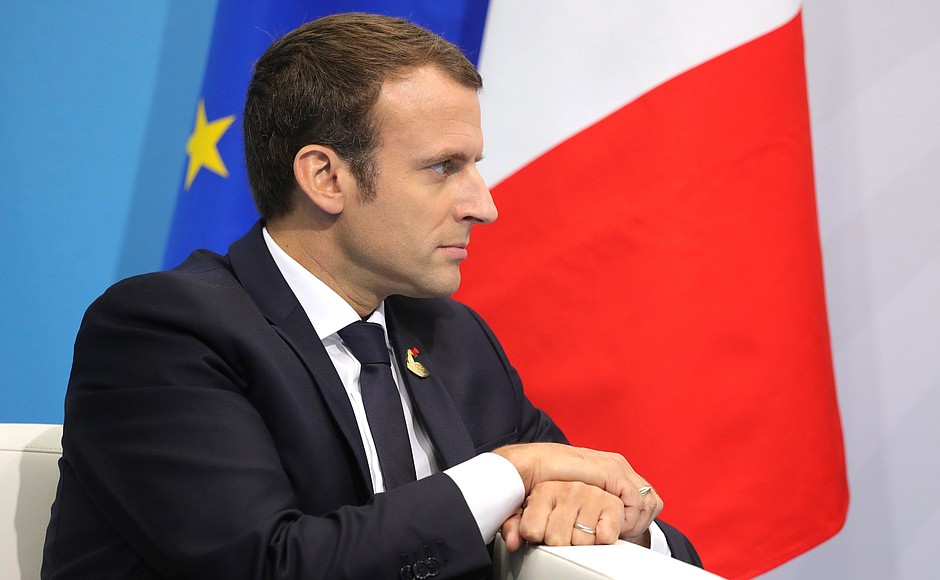The Winning Formula of European Populism
 Populism’s winning formula
https://pixabay.com/p-1500720/?no_redirect
Populism’s winning formula
https://pixabay.com/p-1500720/?no_redirect
Over the last decade, populism has cemented itself onto the centre stage of European politics. By 2017, populist parties on the continent claimed 24% of the vote. After a series of electoral losses by populist parties in Western Europe, however, critics may be eager to dispel the rising trend over the last few years simply as a periodic upheaval of traditional politics, arguing that the cracks of a temporary surge are already starting to show. A closer look at the political trends reveals a different picture, however. Populism as a form of political organisation has permeated through Europe’s political landscape, and it is here to stay.
What is populism?

The core feature of populism is its exploitation of an us-versus-them philosophy. Political scientist Cas Mudde describes it as a thin ideology that crosses the political spectrum. This broad concept can therefore refer to distinct groups. However, it generally posits the “common people” against the “enemy”. Both left-wing and right-wing populists adamantly oppose the “elites”. This includes both political and economic segments. Popular scapegoats are international institutions, such as the European Union, which symbolize both the bureaucracy and the establishment that populists fervently oppose. On the right, the common people have another enemy to contend with, namely the “other”. This group includes immigrants and foreigners, who threaten traditional cultural values and jobs. Right-wing populism is therefore closely related to a nativist form of nationalism.
Why did populism become popular?
The financial crisis of 2008 and the refugee crisis are largely responsible for the populist surge. In the aftermath of the Great Recession, unemployment soared and economic disparity increased. Most European countries imposed harsh austerity measures, which upset large portions of society. As a response, populist parties presented a strong voice, advocating for redistribution and railing against “corrupt” institutions that failed to prevent the crisis. This was a particularly effective tool for left-wing populists in Southern Europe, such as Syriza in Greece and Podemos in Spain. On the right, economic despair was also a key ingredient to populist success. Right-wing populists combined another potent ideology to this: nationalism. Nationalists blame the elites for allowing immigrants to steal the jobs of the “common people”. Additionally, the refugee crisis added a sense of urgency to their anti-immigration arguments. In particular, the influx of Muslim immigrants is sending shockwaves through Europe as it uproots the cultural homogeneity of European societies. Of the 102 populist parties recorded in a report by the Tony Blair Institute, 74 parties are right-wing.

Despite an economic recovery throughout much of Europe, the failures of the establishment to instill confidence in its institutions (less than half of EU citizens view the EU favorably) are providing impetus for economic populism to thrive in the foreseeable future. Perhaps more critical for the endurance of populism is the issue of immigration, which is likely to remain a rallying force for populists on the right.
How to respond to populism
Given that the issues that made populism popular are likely to remain for the foreseeable future, how can other parties stem the tide of populism? As of now, moderate parties have several options. None of them is appealing:
1) Evade the populists
A popular choice for moderate parties is to circumvent the populist voice by forming coalitions without their support. In an increasingly fragmented political landscape, European parties that choose this path are often forced to form alliances across the political spectrum. In the Netherlands, for example, all major parties vowed not to join in a coalition with the nationalist Party for Freedom (PVV). By leaving out the second largest party, it took Prime Minister Mark Rutte almost six months to form a cabinet, resulting in a shaky four-party coalition. In Germany, the far-right Alternative for Germany took 12.6% of the vote, which forced Chancellor Angela Merkel to form another, less-than ideal grand coalition. The more popular the populists are, the harder it becomes to justify disregarding them. In fact, by shunning the populists, they are proving the point that the political elite are ignoring the will of the “common people”, which can further ignite the populists in future elections.
2) When you can’t beat them, join them: Co-opt the populists
Some governing parties, facing a fragmented political system, opt to work with the populists. Last year, the leading Austrian People’s Party (ÖVP) formed a coalition with the right-wing populist party FPO. In Italy, Berlusconi’s Forza Italia party has formed a pre-election pact with two populist parties. The hope of traditional parties is that including a populist party – even one with radical roots – could moderate it once it gains the responsibility of governance. Only time will tell whether co-opting is a successful strategy. Irrespective of the success of such a coalition, the normalization of populist parties by the mainstream is indicative that populism is not a temporary phenomenon.
3) Copy the populists
A third option for traditional parties who are threatened by populism is to copy their rhetoric in an attempt to absorb their votes. As I have written before, a key ability of populism is to pull traditional parties away from the centre of the spectrum. In the Netherlands, Mark Rutte ran an unabashedly anti-immigrant campaign in a ploy to steal PPV voters. In the British snap election, Theresa May advocated for a hard Brexit, appealing to UKIP votes (who subsequently lost all their seats in Parliament). On the opposing side, Jeremy Corbyn’s Labour Party is looking more like a left-wing populist party than ever (see: “Fighting Populism with Populism”). These developments suggests that even if populists don’t win outright, they have successfully injected their platform into national politics, which is likely to endure and effect real policy.
Europe’s political future

Even in countries where populists don’t win the elections outright, traditional parties are faced with an increasingly intractable problem. Whether the leading parties choose to circumvent , co-opt, or copy their populist counterparts will be ultimately insignificant in containing the rise of populism. Rather, non-populist parties need to focus on innovating their message to appeal to the youth and instill trust back in institutions, such as the European Union. Macron’s emphatic rise to President of France demonstrates the feasibility to build a moderate, innovate alternative to populism. In spite of his success, much of the country still supports the far-right Front National. The political climate in France is illustrative of Europe as a whole. While Europe’s future is uncertain, populism will almost certainly play a crucial role in it.
Edited by Benjamin Aloi
